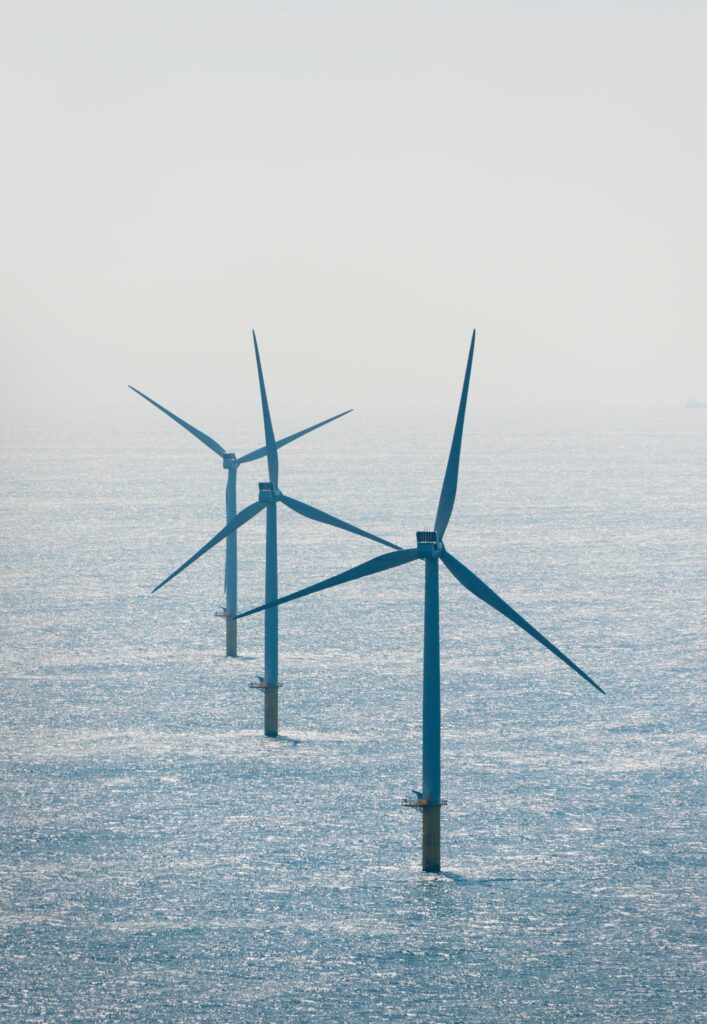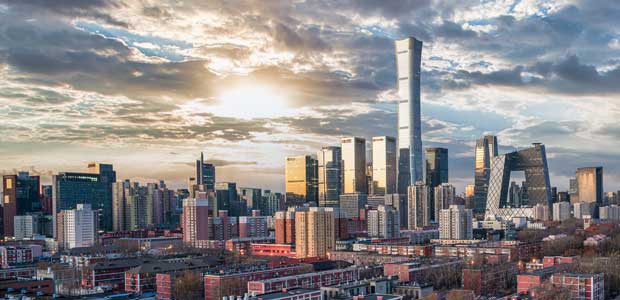Chinese EV part suppliers actively looking for localization opportunities in Mexico amid US trade impediments – analysis
- Most EV parts makers eyeing Mexico supply BYD and Tesla
- JVs and M&As are possible choices for Chinese EV parts makers
- ‘Country of Origin’ related rules pose great challenges
- Retaining local advisories is recommended to potential investors
Chinese suppliers of electric vehicles (EVs) components are actively looking for various localization opportunities – including entering joint venture partnerships in Mexico so as to continue supply to EV makers and consumers in the North American market amid a rise of global trade protectionism, according to several industry sources.
Facing a complex policy environment and ever-growing geopolitical tensions, Chinese EV component makers will need to adjust, adapt and learn how to do business away from the comforts of home if they want to be where clients like BYD and Tesla are, said the first source.
Most of the EV component suppliers planning forays into Mexico are Pearl River Delta- and Yangtze River Delta-based private businesses – global parts suppliers for top-line EV makers such as Tesla [NASDAQ:TSLA] and BYD [SHE:002594], according to industry sources.
Component supply contracts tend to be global in scope, the second source noted. With Tesla unveiling its USD 10bn Mexican gigafactory investment in March 2023, and BYD set to introduce five new electric vehicle models in Mexico by 2024, it makes sense that component suppliers will want to be in close proximity to their customers.
In addition to its potential as a powerhouse for autos and auto parts manufacturing for cars destined for the US market, the Mexican EV market itself holds significant promise. Access to efficient supply chain is top-of-mind for EV makers as they ponder where to locate production bases, according to the third and fourth sources.
A massive market exists for EV parts, from electrification and wiring harnesses, to thermal management and intelligent electric vehicle systems, said the third and fourth sources. They note that Tesla’s Mexican factory will require easy access to a well-oiled EV supply chain – one that Chinese EV makers hope to contribute to as they begin allocating resources to the country.
Investor due diligence and research trips south of the US border are ongoing. But last year, tight visa policies prevented this kind of on-the-ground research, according to a fifth source, an investment officer in the Mexican consulate.
In March of 2024, Mexico may move to increase the number of business visas granted to China-based applicants for investment and business-related purposes, the diplomat said.
With an eye toward localization, Chinese auto parts makers are open to entering joint ventures (JV) or making acquisitions in Mexico. Their goal is to enlarge production capacity expeditiously, said the second source, a representative of a monitor company. Various ways of collaboration remain possible, depending on negotiations with local peers and local research.
Meanwhile, some part suppliers are biding their time, watching for changes in the market and aware of shifting currents in US policy, a sixth source said.
Country of Origin
The designation ‘country of origin’ certification presents a challenge for Chinese EV makers seeking to diversify the location of suppliers so as to avoid extra duties imposed on products bound for the US, according to several sources. Country of origin refers to rules set to determine the “economic nationality” of a given product.
According to a seventh source, who is familiar with tariff policy, not all parts made in factories in Mexico – even those that can be marked as made in Mexico under the United States-Mexico-Canada Agreement (USMCA) – can satisfy US Customs’ analysis on ‘substantial transformation’ under Section 301 of the agreement. They may still be subject to additional duties if they contain components from China.
For example, production may fail to pass the substantial transformation test if the production process is “simple and lacks any significant complexity”, according to the US Customs and Border Protection’s (CBS) ruling paper on electric motors.
To comply with the policy, the second source said companies usually change the classification code of the non-originating components to the code of the final product. It may also involve moving somewhat sophisticated manufacturing processes to Mexican factories to fulfil requirement of a ‘substantial transformation’ rule under Section 301.
“You cannot just conduct easy packing in Mexican factories,” the source said, adding that there has to be some level of complexity.
The US is certainly not the only jurisdiction requiring ‘country of origin’ certification. The seventh source said it’s becoming clear that Vietnam requires additional materials from manufacturers to apply for Vietnam’s country of origin marking, tightening up certification. Authorities are finding that the country of origin marking carries growing political weight, the source said.
Pre-assessment based on country of origin rules have become critical, said the source. One concern is that enterprises sometimes don’t obtain sufficient information about the third-party suppliers they use, and it takes time to gather such information, the source noted. Compiling this information on supply chains based on countries of origin is creating compliance burden on some enterprises.
Chinese parts suppliers are also insecure about the potential for future policy tightening, as well as the possibility that they will be subject to investigations after factories have already been set up, according to some industry sources.
“That’s why we remain cautious about building factories in Mexico and work hard on due diligence (to understand) local regulations and regulatory trends. For the moment, we are inclined to kick the can down the road until the outlook is clearer, ” the third and fourth sources said.
An eighth source, who works for an intelligent cockpit supplier already invested in Mexico, said that to satisfy automakers’ standards on the origin of raw materials, they have to source some materials locally. Mexican suppliers of the raw materials charge 40% more than in China, the source noted.
Learning from the past
A ninth source associated with the China-Mexico Chamber of Commerce said that Chinese EV brands should conduct in-depth research to gain a better understanding of the political-commercial culture in Mexico.
This notion is echoed by the fifth source with the consulate, who said that industrial incentive policies are determined by each Mexican State, and the policies vary from state to state. Seeking a local advisory to help navigate the business-political landscape is advised for Chinese parties with little previous exposure to the country, the source said.
A local advisory can direct manufacturers to a region with the most beneficial policies while providing legal guidance, the source said.
Labour issues and land policy have presented challenges to Chinese companies in the past. Managing and training local staff has become a new problem for the current generation of Chinese auto parts suppliers who have investments in Mexico, especially when manufacturing sophisticated components, said several of the above sources.











